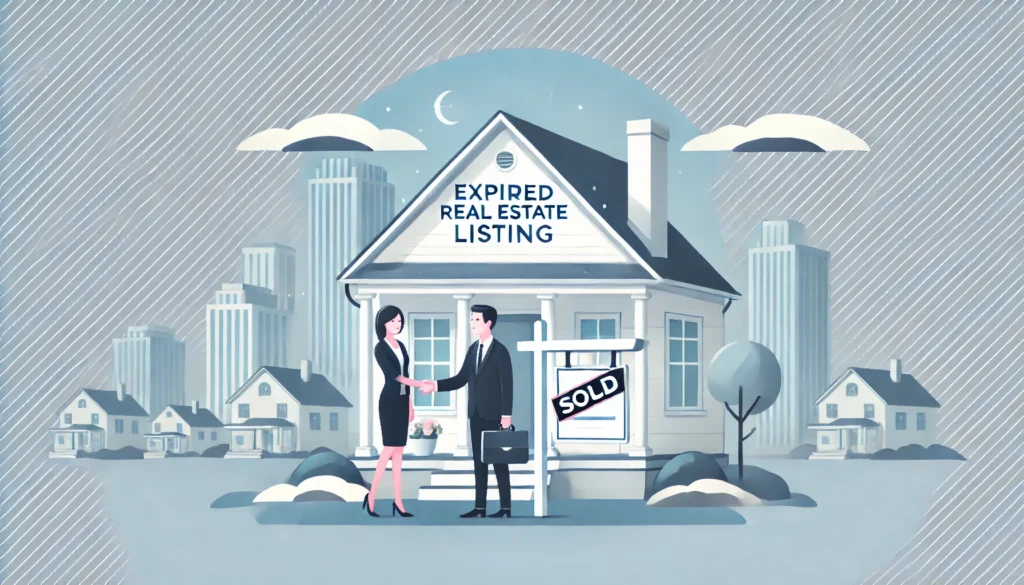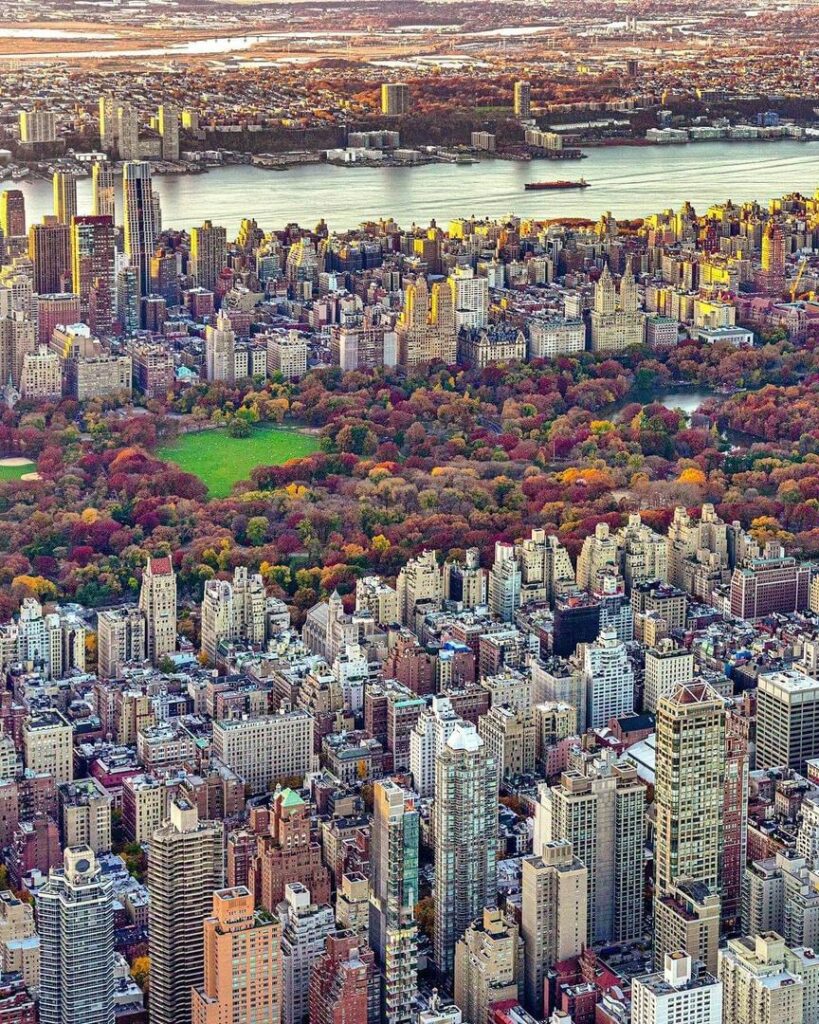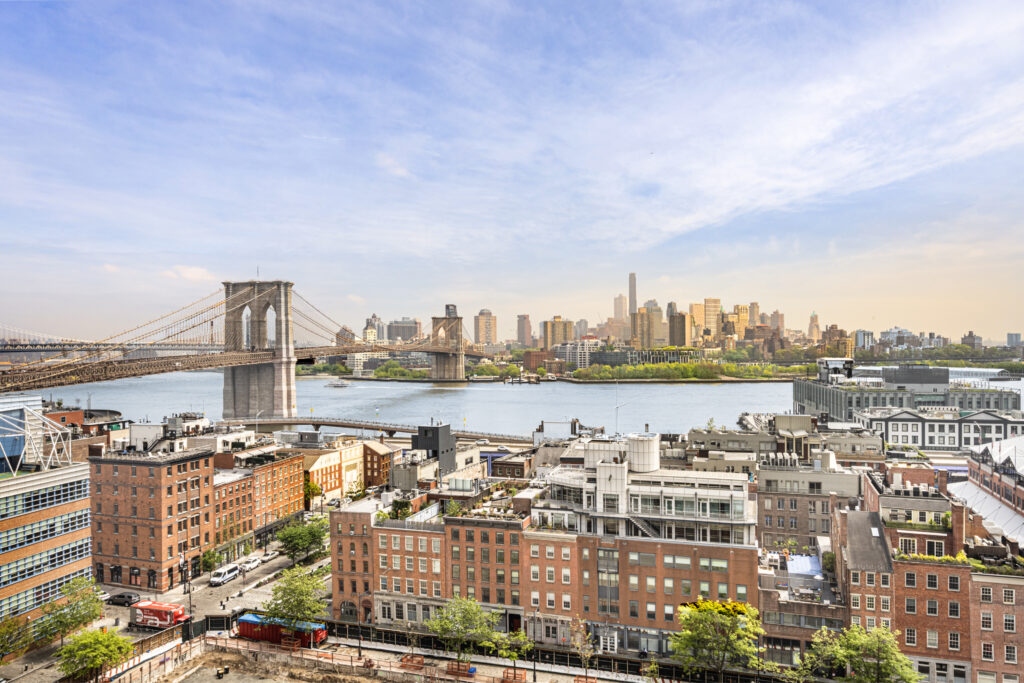The New York City real estate market in 2024 continues to exhibit dynamic trends, with shifts in housing prices, neighborhood developments, and emerging opportunities that offer significant insights for investors and homebuyers alike.
1. Housing Prices Stabilize After Pandemic Surge
Following the pandemic-induced volatility, NYC housing prices have begun to stabilize, though they remain higher than pre-pandemic levels. The median home price across the city hovers around $780,000, with Manhattan maintaining its position as the priciest borough, averaging $1.2 million. Brooklyn and Queens follow, with respective median prices of $950,000 and $750,000. Rising mortgage rates, now close to 7%, have cooled down some of the market’s heat, though demand remains relatively strong, especially in certain pockets of the city.
2. Neighborhood Development and Revitalization Projects
Several neighborhoods in NYC are undergoing significant transformation, driven by new development projects and revitalization efforts.
- Hudson Yards: Continuing to expand, Hudson Yards remains one of the largest private real estate developments in U.S. history. It’s attracting luxury homebuyers and commercial tenants, positioning itself as a hub for tech companies and finance giants.
- Brooklyn Navy Yard: This area is undergoing rapid industrial and commercial development. With the rise of high-tech manufacturing, life sciences, and media businesses moving in, demand for nearby housing has increased, particularly in Williamsburg and Dumbo.
- East Harlem: Once overshadowed by other Manhattan neighborhoods, East Harlem is seeing a wave of new residential developments. Investors are capitalizing on relatively lower prices and the area’s proximity to the Upper East Side, which is driving both rental and purchase demand.
- Gowanus: A rezoning plan has spurred a burst of new residential and commercial construction in Gowanus, Brooklyn. The neighborhood is transforming from an industrial zone to a vibrant residential community, with an emphasis on mixed-use development and green spaces.
3. Emerging Opportunities in the Outer Boroughs
While Manhattan continues to draw high-end buyers, the outer boroughs are emerging as prime opportunities for both investors and first-time homebuyers.
- Queens: Areas like Long Island City and Astoria remain attractive due to their relative affordability and proximity to Manhattan. In addition, major infrastructural improvements, such as the completion of the East Side Access project, which connects Long Island Rail Road commuters to Grand Central Terminal, have increased the desirability of Queens neighborhoods.
- Bronx: The Bronx has been gaining attention from developers for its lower land costs and untapped potential. Areas like Mott Haven are witnessing a surge in new developments, with plans for more luxury rental buildings and affordable housing units. The South Bronx, in particular, has been a hotspot for both commercial and residential developments.
- Staten Island: Staten Island, traditionally quieter on the real estate front, is also seeing growing interest, especially as ferry and transit infrastructure improve. Affordable prices compared to other boroughs make Staten Island a consideration for buyers seeking value.
4. Sustainability and Green Building Initiatives
There is a growing emphasis on sustainability in NYC’s real estate sector. Developers are increasingly integrating green building practices and energy-efficient technologies into both new and existing projects. Initiatives like Local Law 97, which mandates stricter carbon emissions for large buildings, are pushing for greener construction and retrofitting, creating new opportunities for investors interested in eco-friendly real estate.
5. Shift Toward Remote Work and Mixed-Use Developments
As remote work continues to influence how people live and work, there is a growing demand for mixed-use developments. These spaces combine residential, commercial, and retail facilities, catering to individuals who want to live closer to work and amenities. Neighborhoods like Downtown Brooklyn and the Financial District are leading this trend, as developers convert older office buildings into residential spaces.
6. Increased Interest in Affordable Housing
The city’s affordability crisis remains a significant concern, driving government initiatives to increase the availability of affordable housing. Mayor Eric Adams’ administration has prioritized building more affordable units in underdeveloped areas, providing opportunities for developers to engage in public-private partnerships.
Conclusion
NYC’s real estate market in 2024 is a mixture of stabilization and opportunity. While housing prices remain elevated, outer boroughs present affordable options for buyers and investors. Ongoing neighborhood developments and sustainability initiatives create further growth prospects. Investors with a long-term view can capitalize on emerging trends like affordable housing and mixed-use developments in areas undergoing revitalization.





